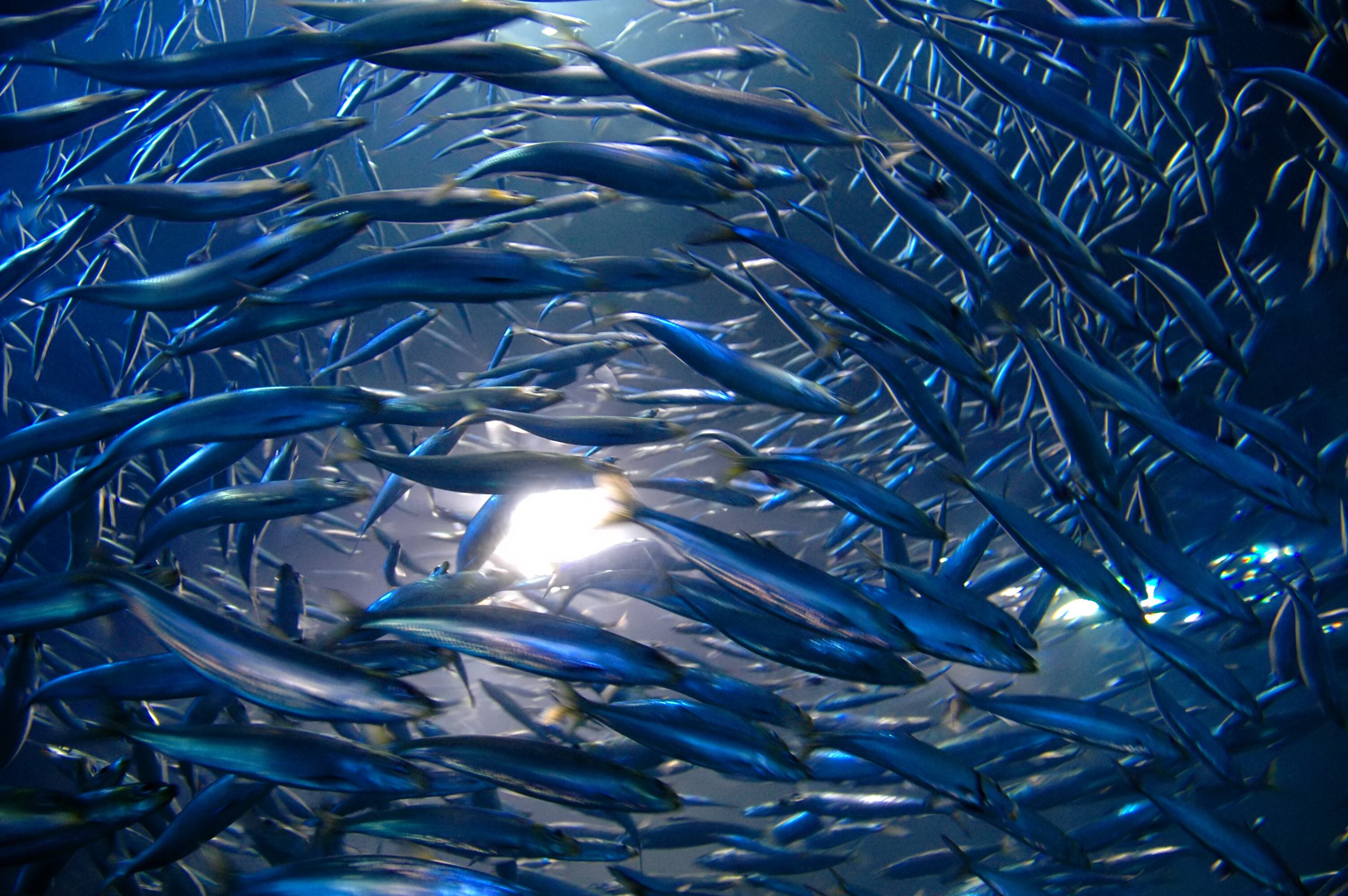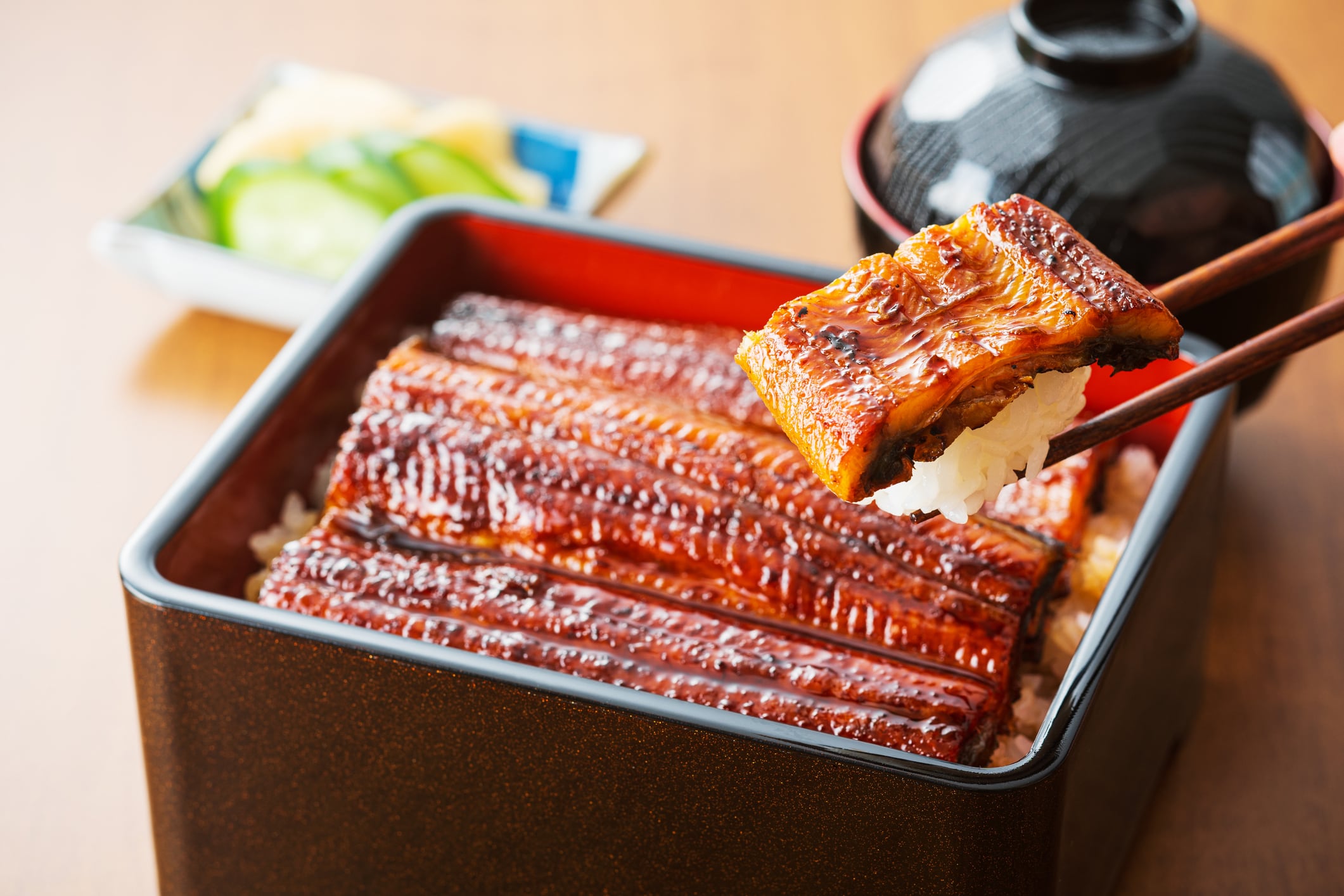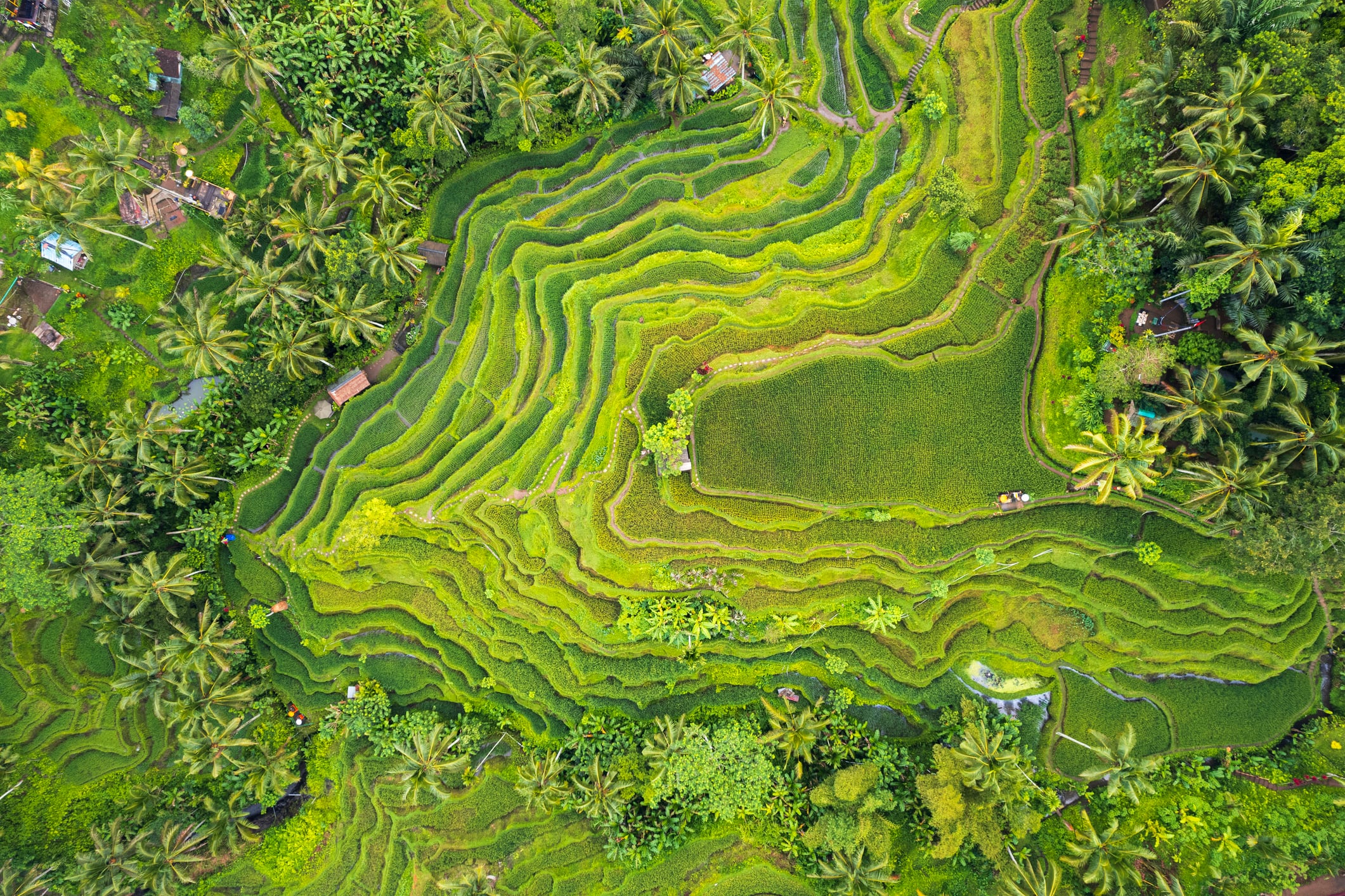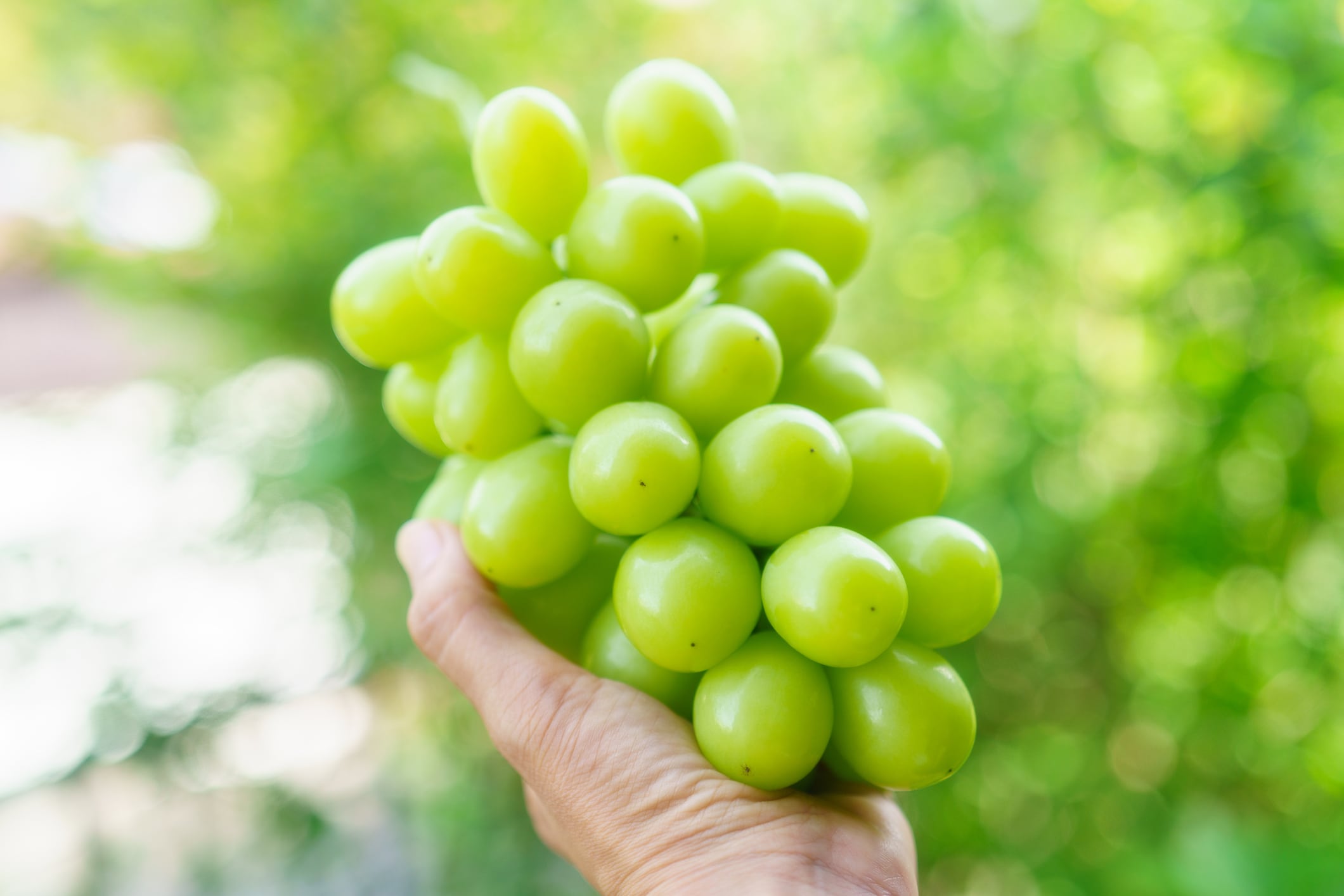Aquaculture has been targeted as a growth sector for the, with the industry being valued at U$3.8bn.
Hitoshi Fujita, director general of Japan’s Fisheries Agency, said that as global demand for protein and seafood continues to grow, Japan is investing in land-based aquaculture.
Fujita was speaking at the opening of the Marine Ingredients Organisation (IFFO) conference in Tokyo, Japan, which took place from October 20 to 22.
He highlighted that IFFO’s role will become increasingly important in the years ahead, and commended its efforts in enhancing industry transparency, strengthening cooperation, promoting resource sustainability, and encouraging greater use of by-products.
In a side session hosted by trading company Kanematsu, Wataru Tanoue of Japan’s Fisheries Agency outlined the country’s aquaculture strategy.
He said that Japan was shifting to market-oriented aquaculture and working to enhance cooperation across the aquaculture value chain.
He added that the government has set very ambitious targets and committed to working to increase production volumes.
Strengthening feed needs
Central to its ambitions are efforts to improve feed efficiency and ensuring stable supply for the long-term.
Feed costs account for 70 per cent of costs in aquaculture. In Japan, 40 per cent of fish feed ingredients are derived from fishmeal, with dependence on 50 per cent of imported fishmeal.
According to Tanoue, budgets have been increased to improve feed efficiency, develop fishmeal alternatives and other technologies.
The Ministry of Agriculture Farming and Fisheries (MAFF) has set a target to replacement 64 per cent of aquaculture feed with compound feed by 2030 and will aim for complete replacement by 2050.
Tanoue noted that Japan’s aquaculture sector is being built on a strong culture of waste reduction, with an already high proportion of by-products being used (69%) in aqua feed.
According to Hikaru Kondo, trader, protein meal and NGFI section, grain and feedstuff department, Kanematsu, Japan consumed 350,000 metric tonnes of fish meal in 2024.
A majority of the fish meal (72%) was used in aquaculture.
Among imported fish meal, the majority comes from Peru (35%) with emerging growth in imports from India and Oman.
However, imports from Peru are likely to remain in high demand as Peru’s fishmeal provides the density that is preferred by Japanese feed formulators.
Another advantage that Peruvian fish meal has is its “stickiness”, which is of high importance to eel farmers.
Japan’s need for aqua feed will likely to increase as Japan develops its land-based aquaculture.
Shrimp, seaweed, and abalone remain the mainstay for mostly small-scale producers. At the same time, Japan is also rolling out new land-based salmon farms across the country.





